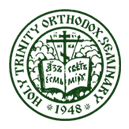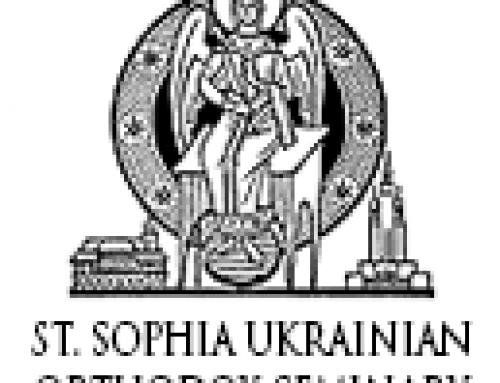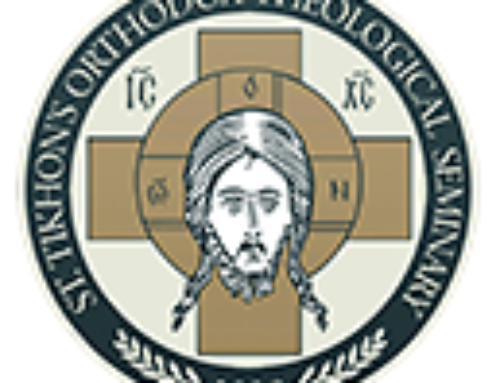This post was originally published on this site
On Thursday, March 24, Dr Dimitri Korobeinikov, Assistant Professor at the Department of History at the University at Albany, SUNY, presented a lecture in the Seminary Hall entitled “The First Crusade (1096–1099) as observed through Byzantine and Muslim sources: Anna Comnena, Matthew of Edessa, Bar Hebraeus, Ibn al-Athir.” Dr Korobeinikov is a renowned specialist in the history of the Byzantine Empire, who recently published a monograph “Byzantium and the Turks in the Thirteenth Century” (Oxford UP, 2014) and more than thirty articles in books and scholarly journals. The lecture attracted seminarians, faculty, and the members of the community, interested in Byzantine history. The 45-minute presentation was followed by a lively Q & A session.
Dr. Korobeinikov’s precis of the lecture was as follows: The First Crusade took place after other major changes in the Eastern Mediterranean. The Byzantine power in Asia Minor collapsed after the battle at Manzikert in 1071, and the Empire underwent profound political changes which resulted in the coming of the Comneni dynasty. The local Christian communities, now outside the Byzantine orbit, were under the new power – the Seljuk Turks. The attitude of the local Christians, which influenced even the major historical writings of the time, cannot be separated from these profound changes which resulted in creation of a uneasy symbiosis between the coming Crusades and the Armenian, Syriac, and Greek population of the Mediterranean.
On the morning of March 24, Dr Korobeinikov discussed with the Byzantine history students the relationship between Byzantines, Crusaders and Armenians in the eleventh through twentieth centuries.



